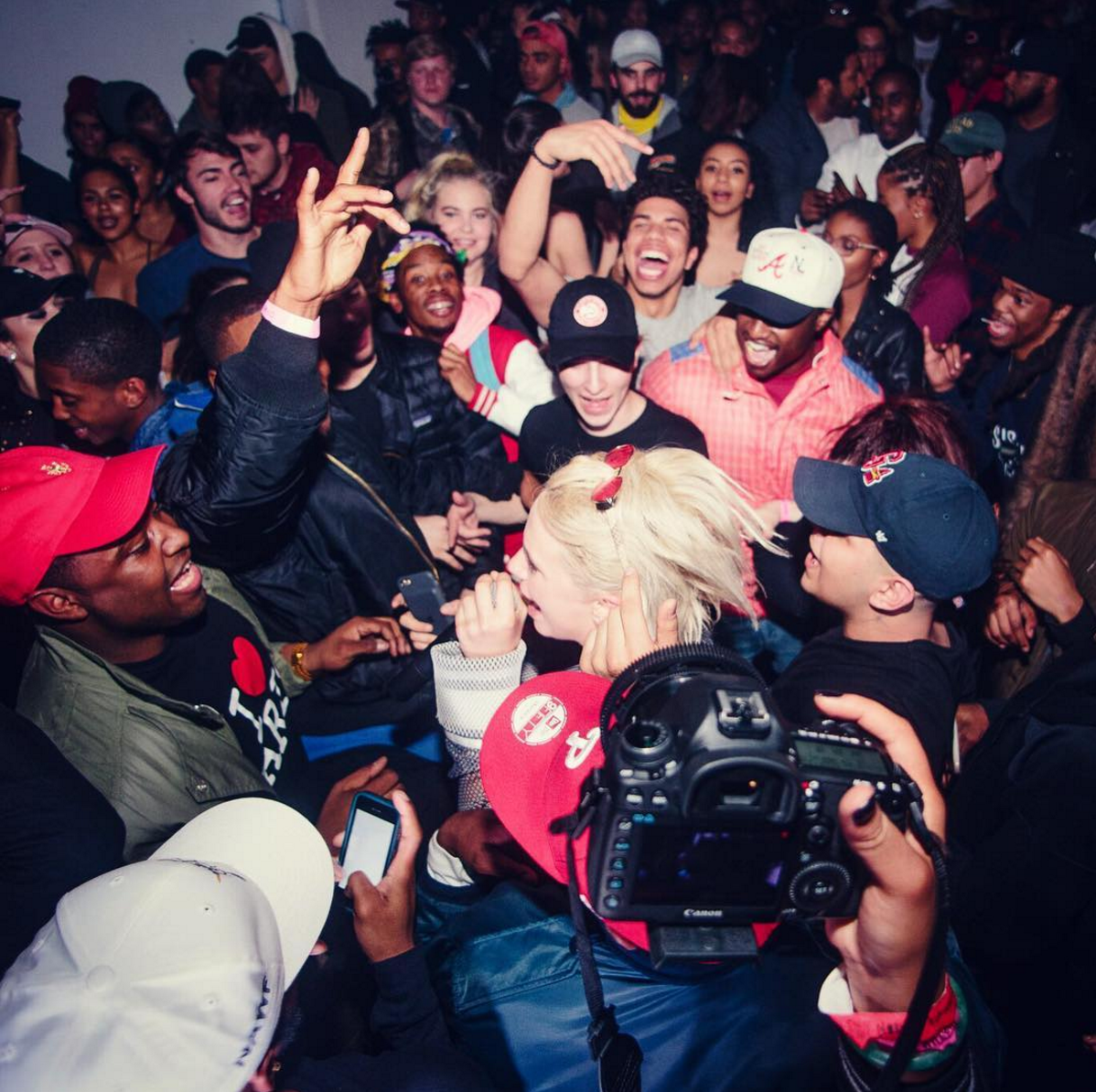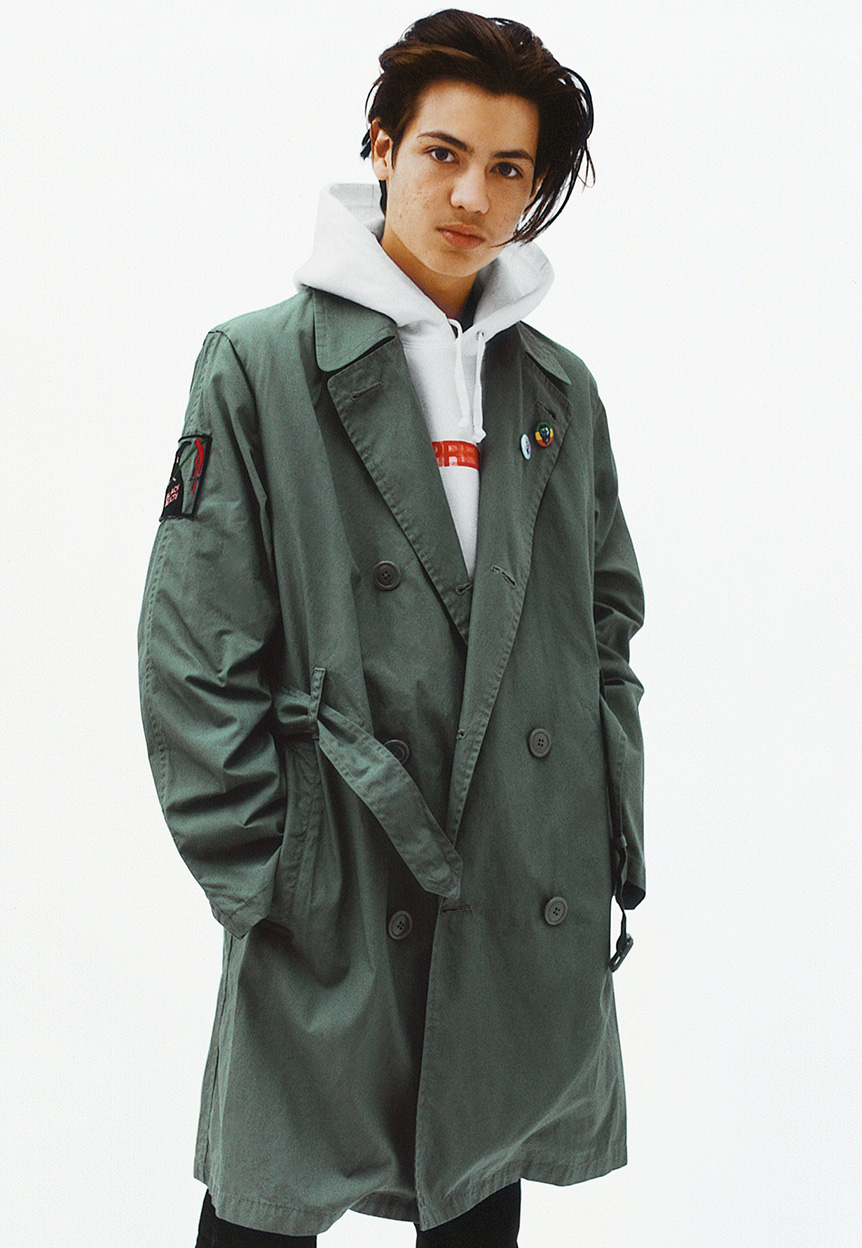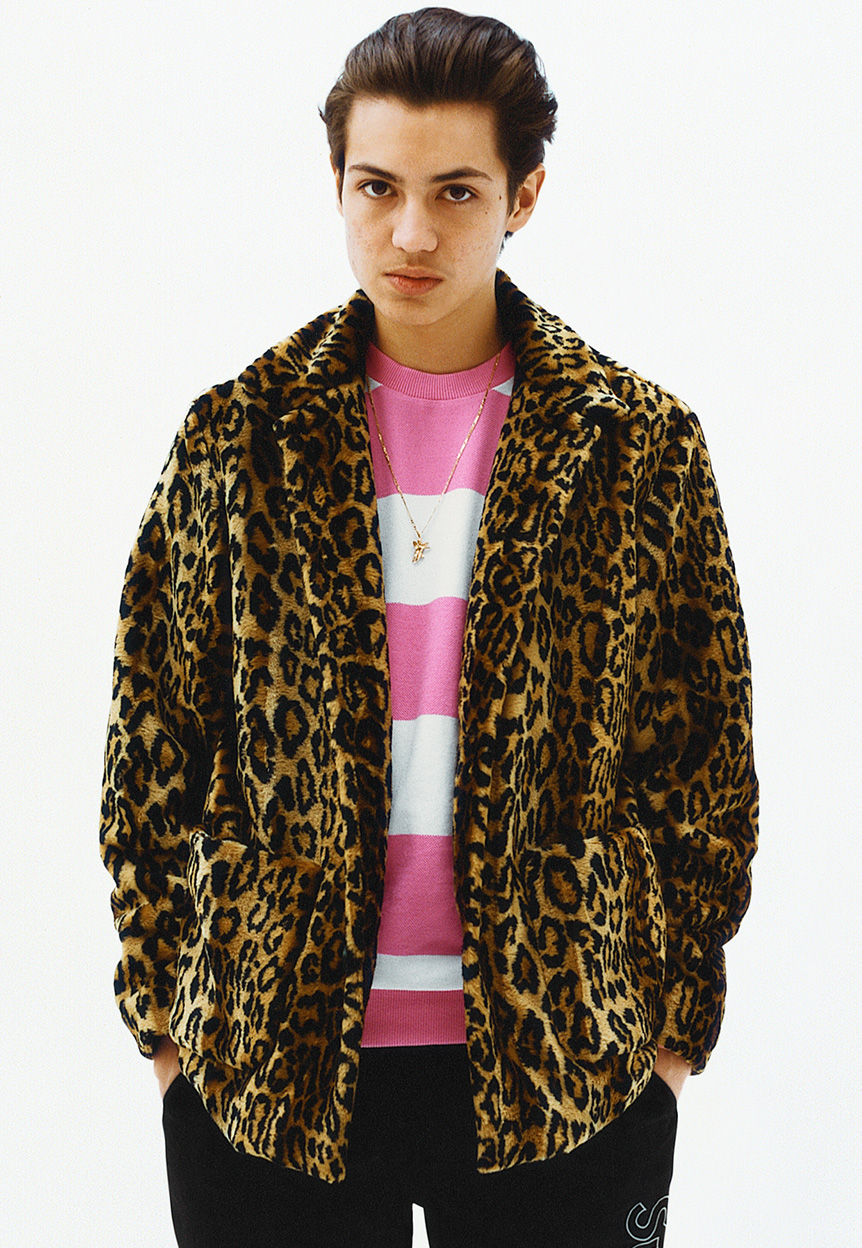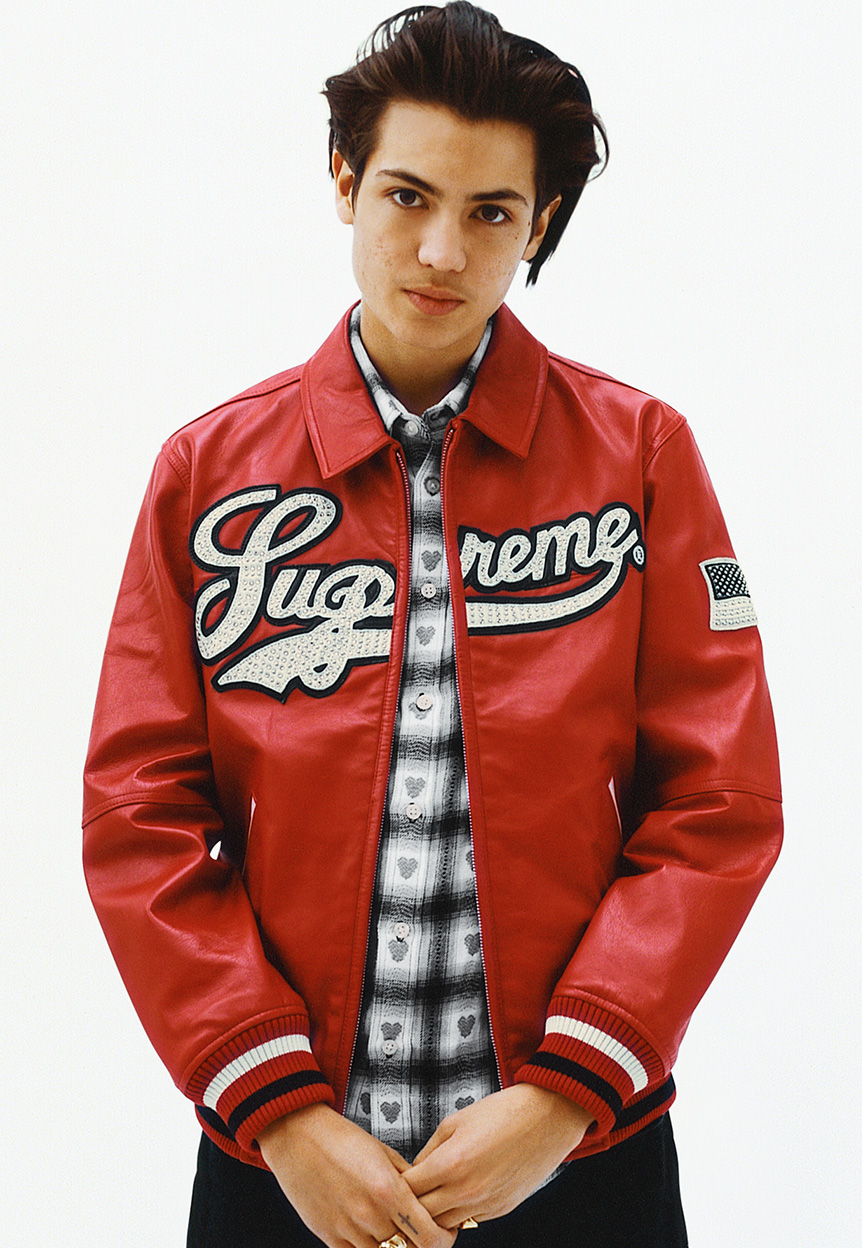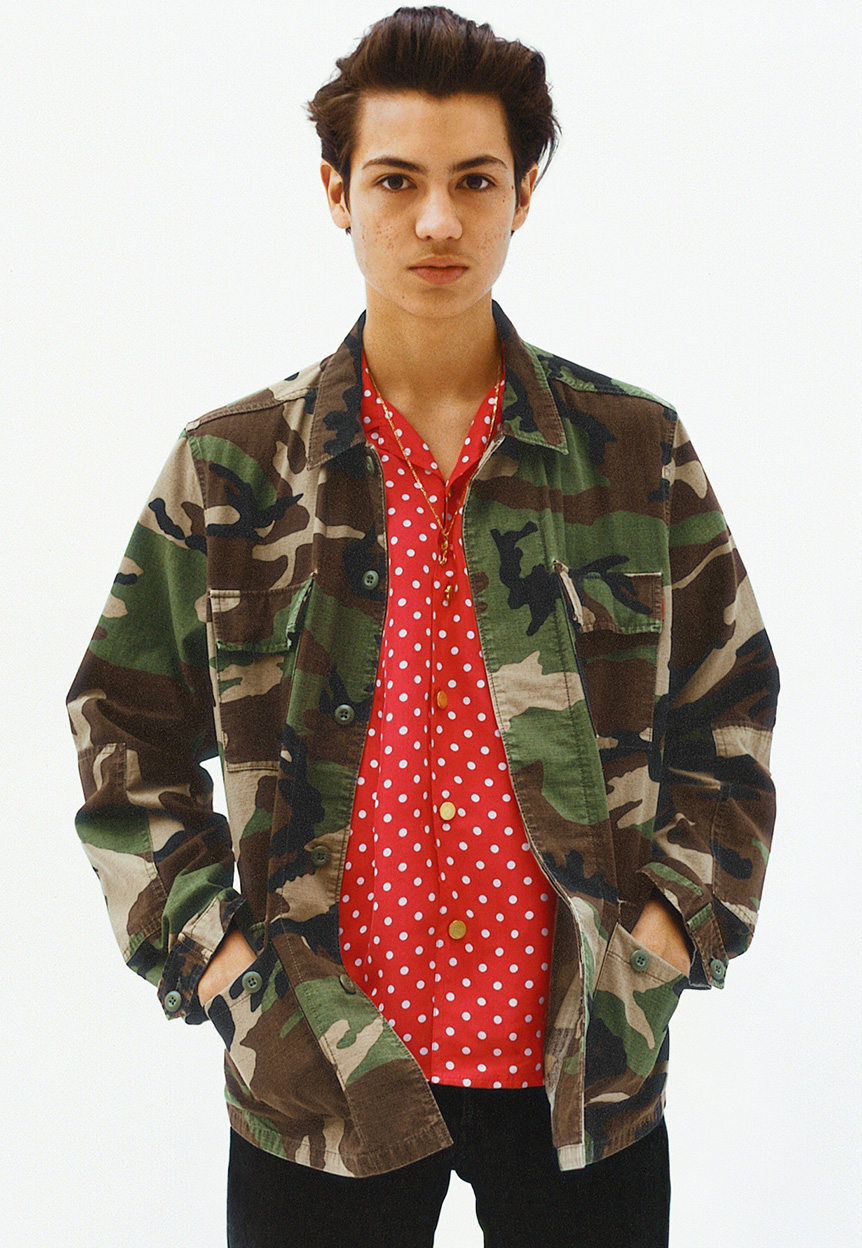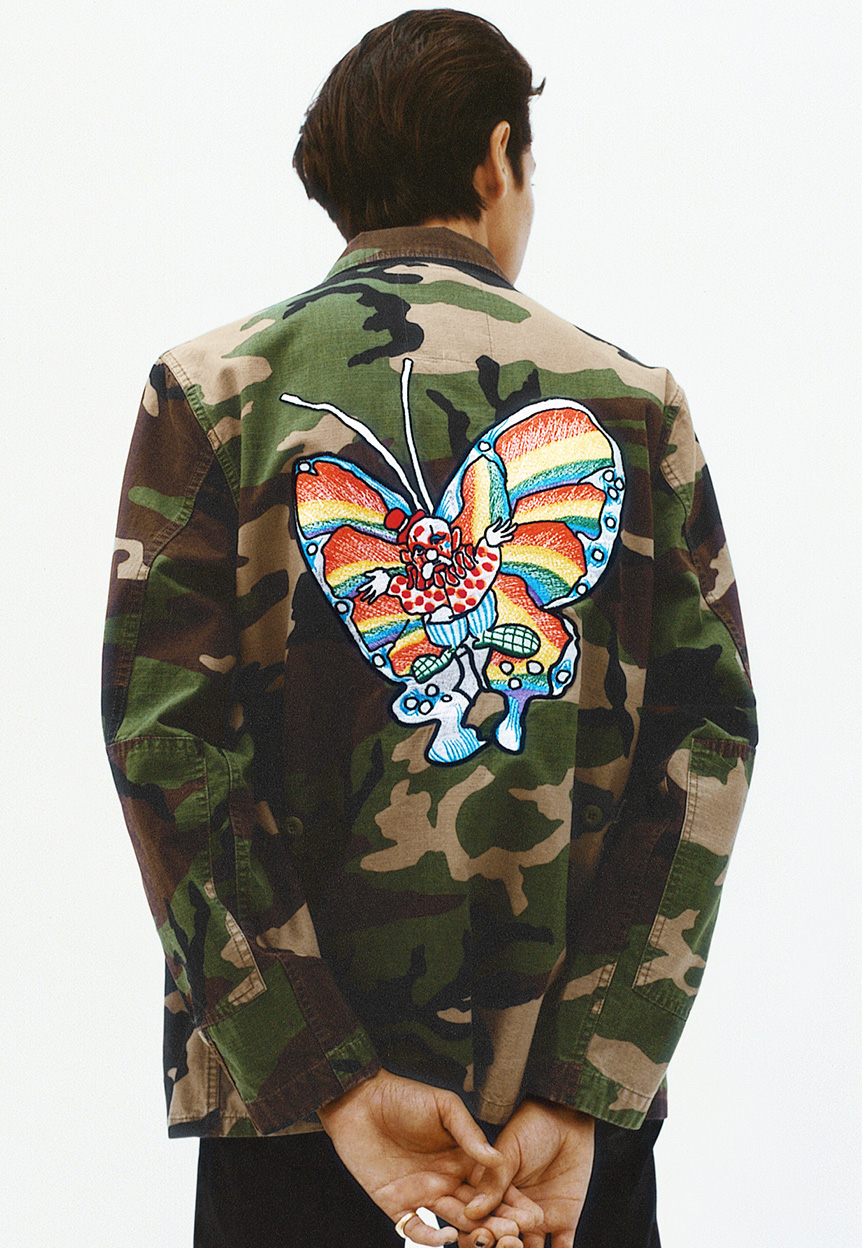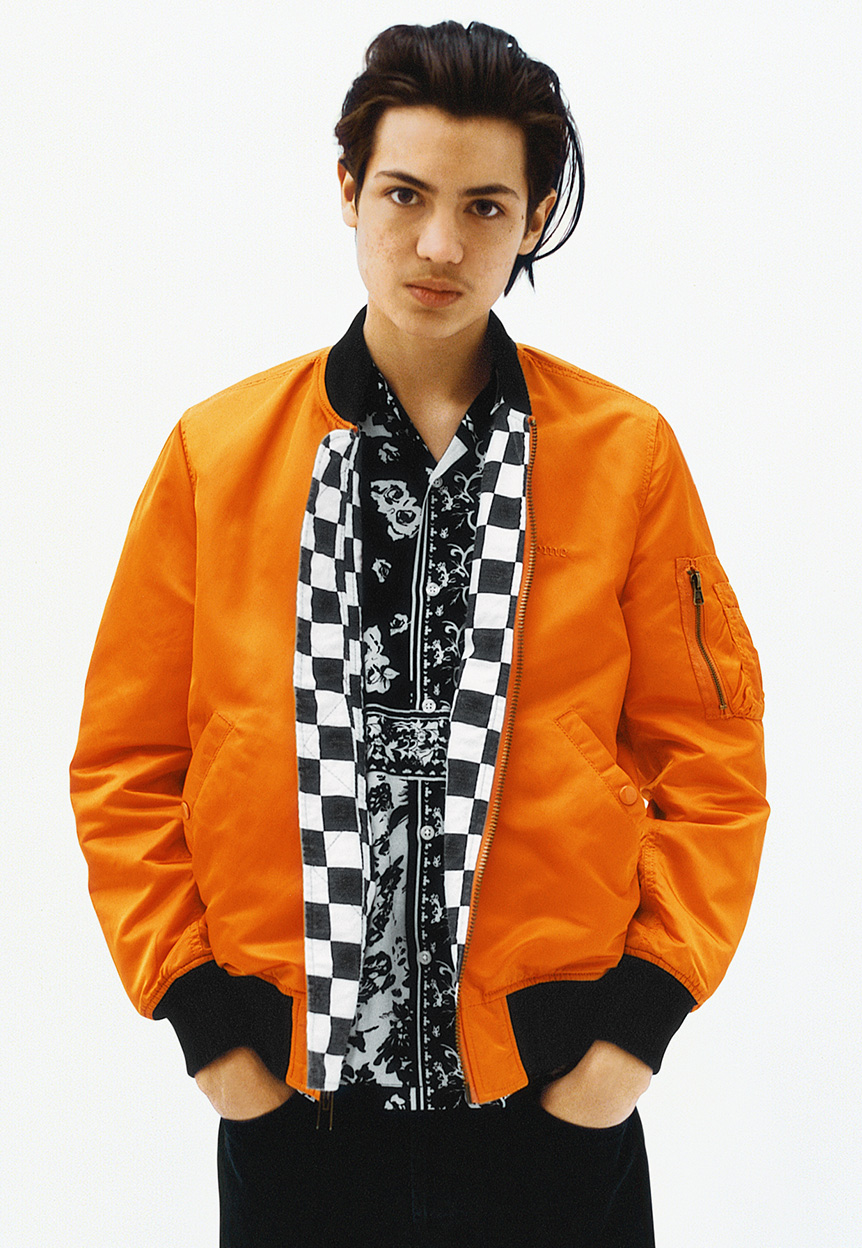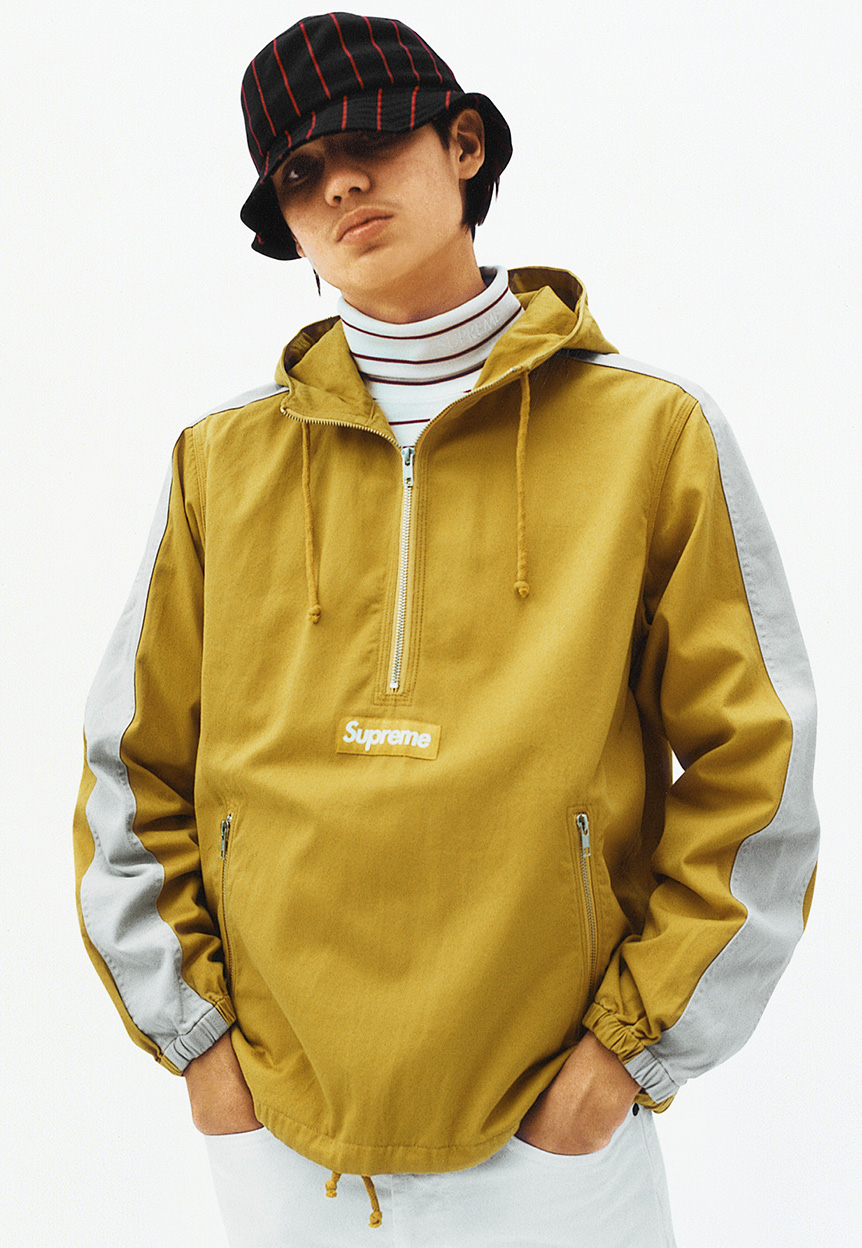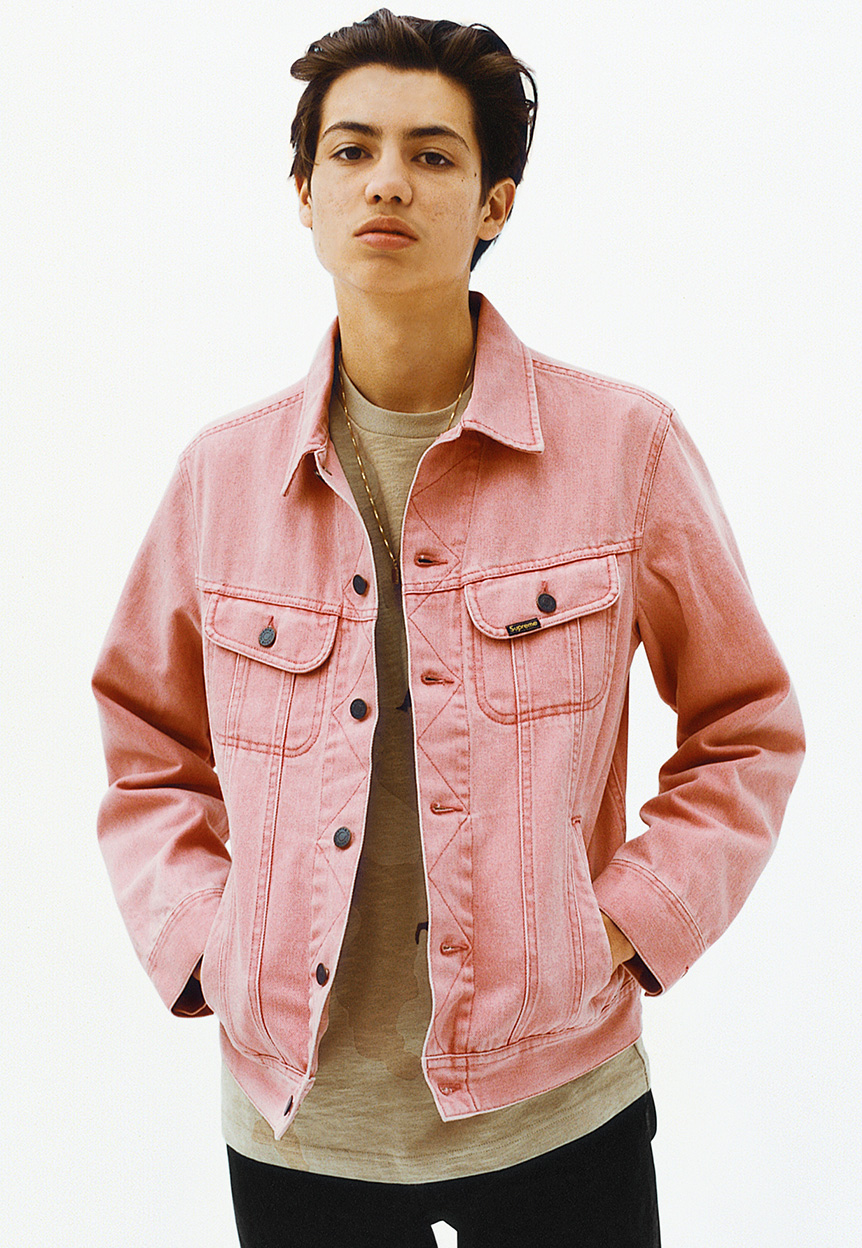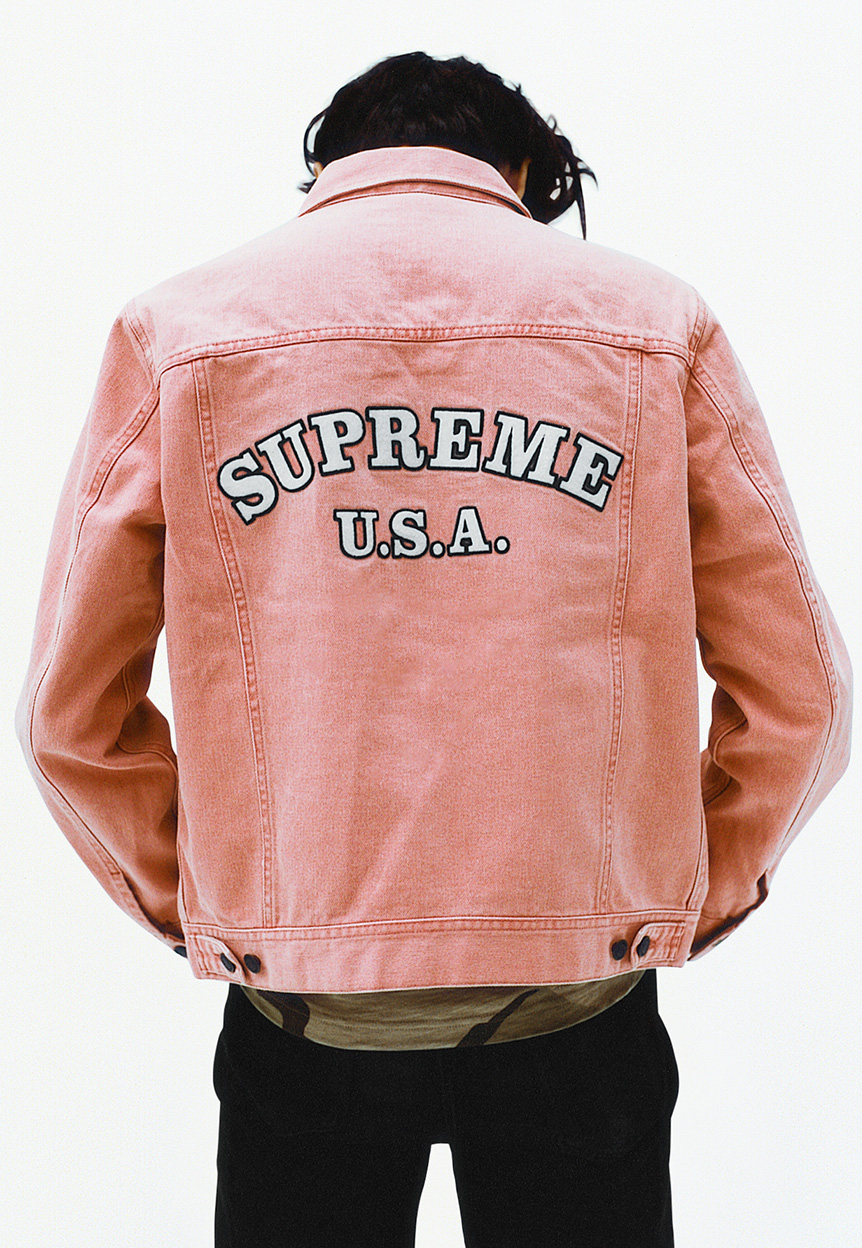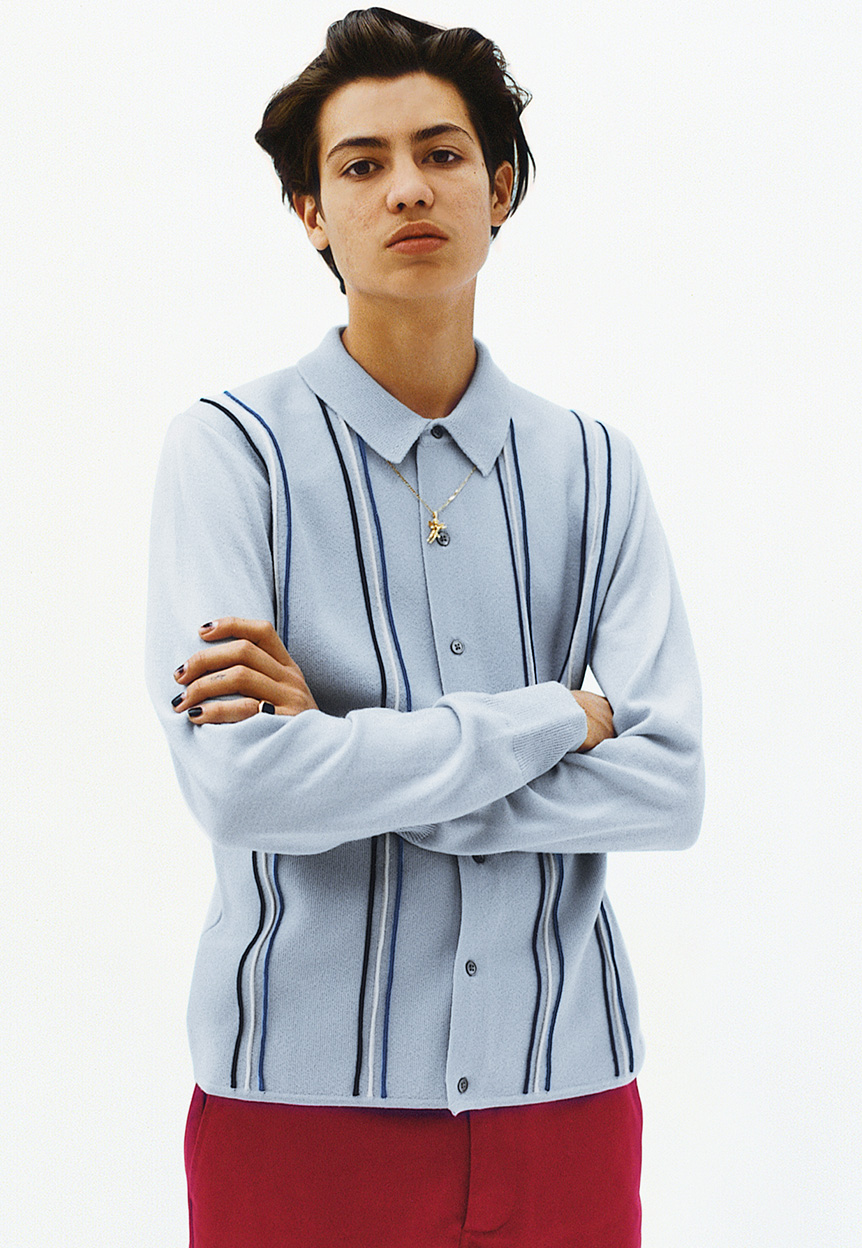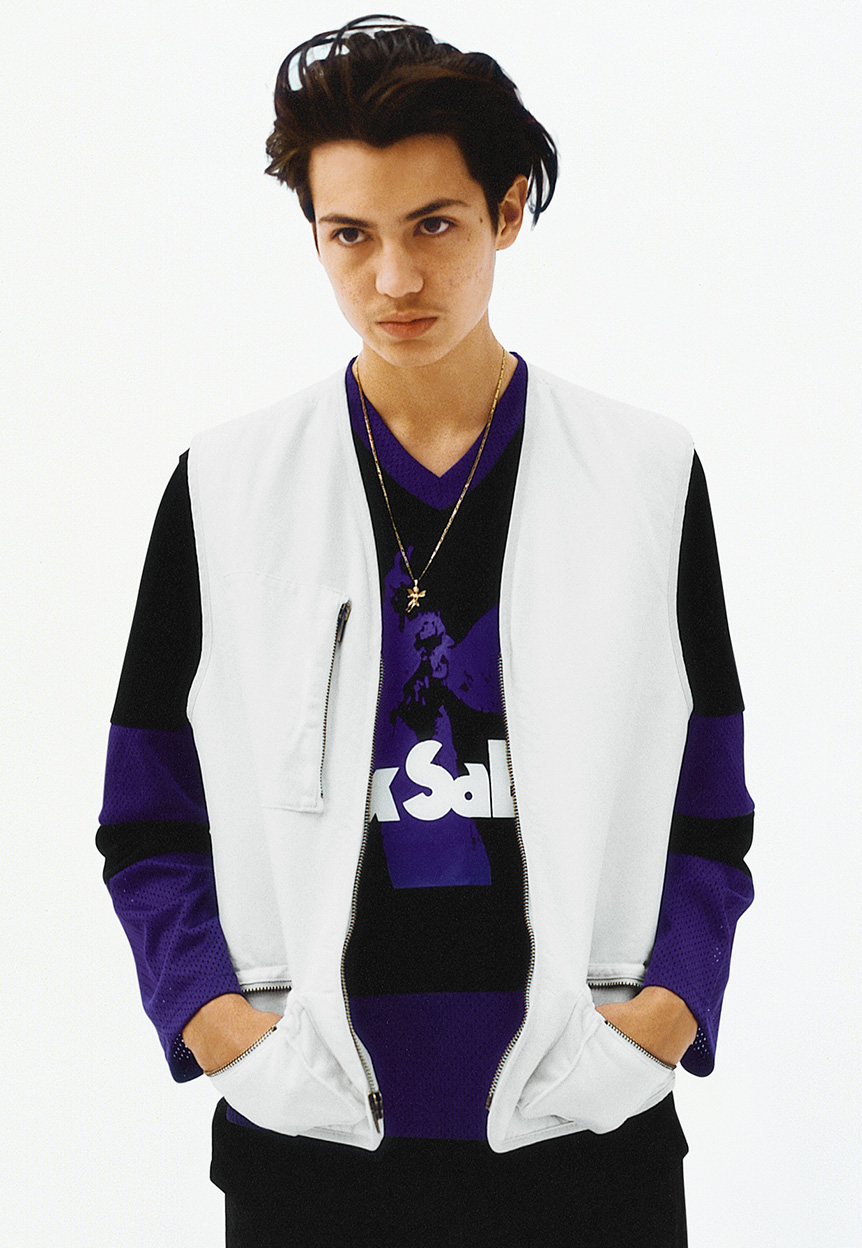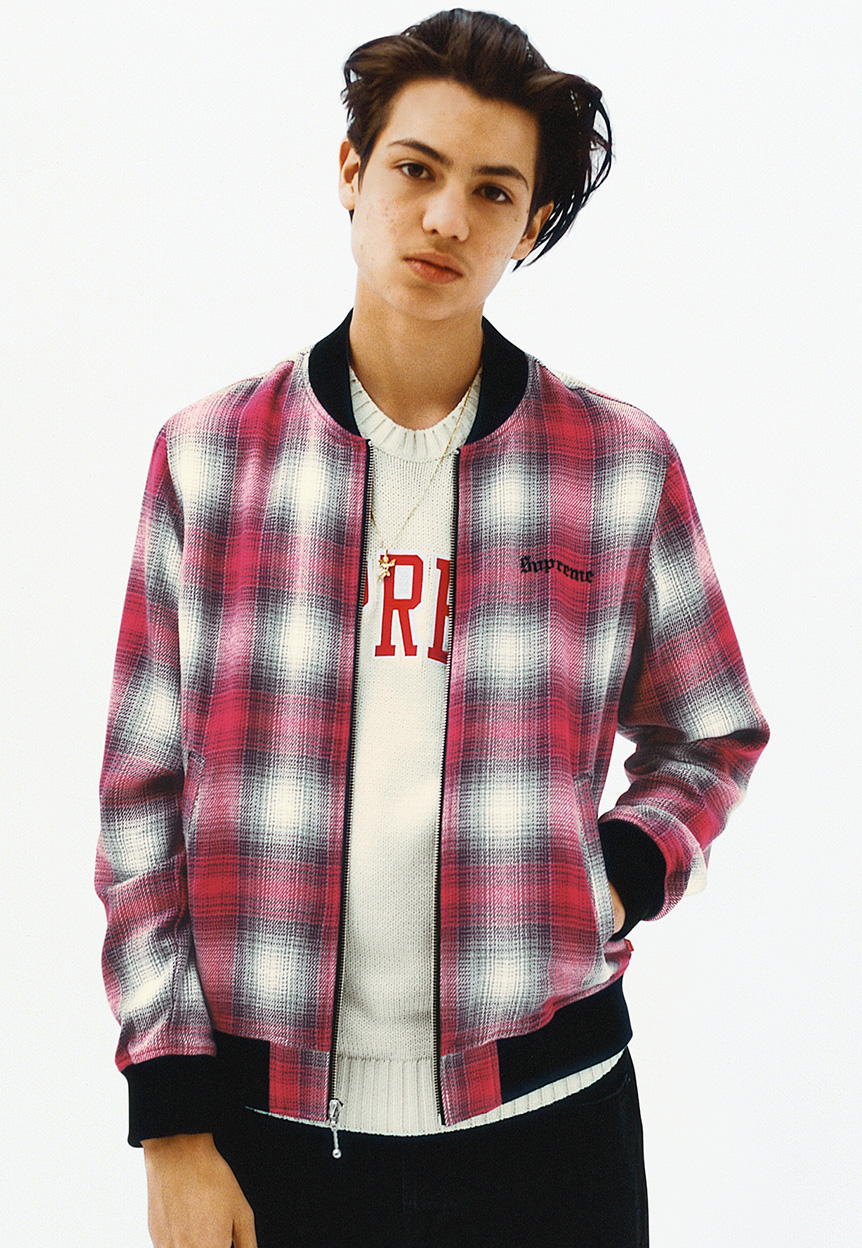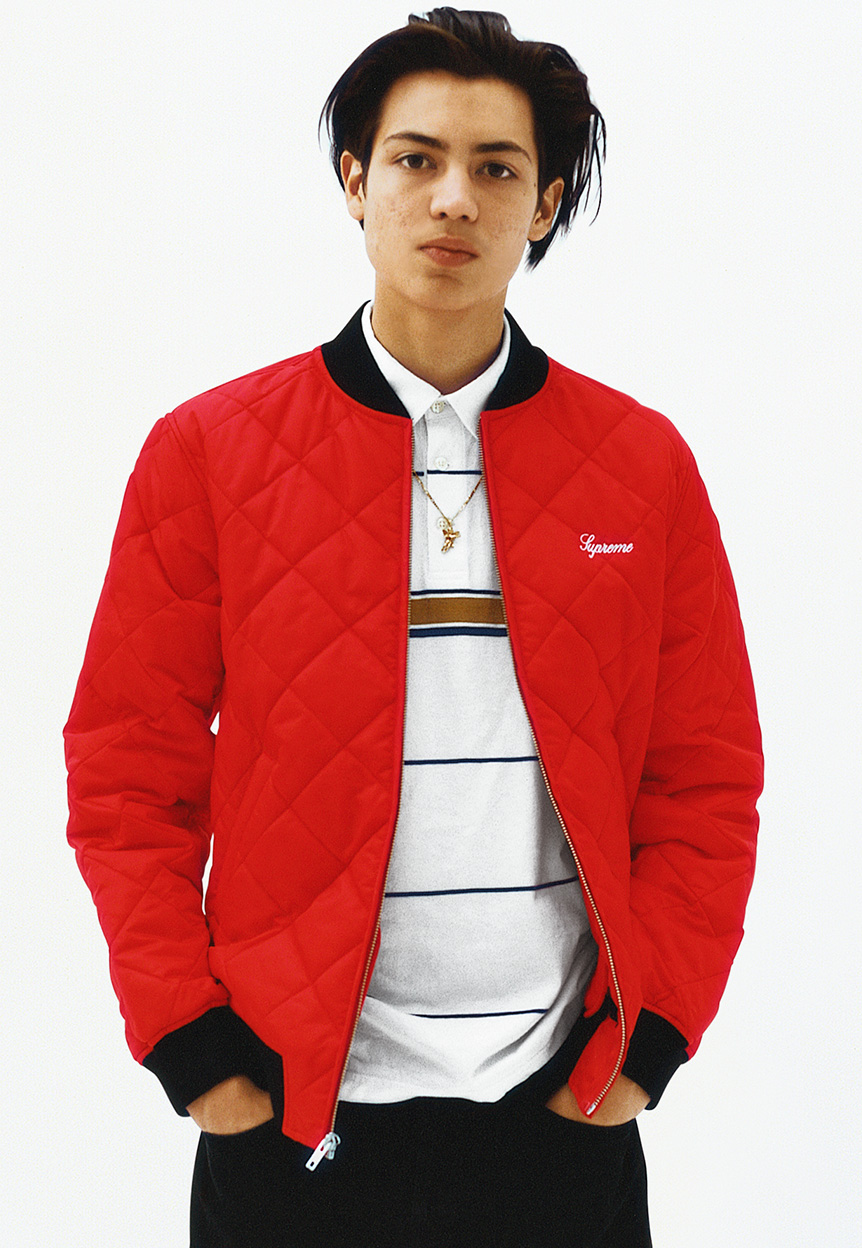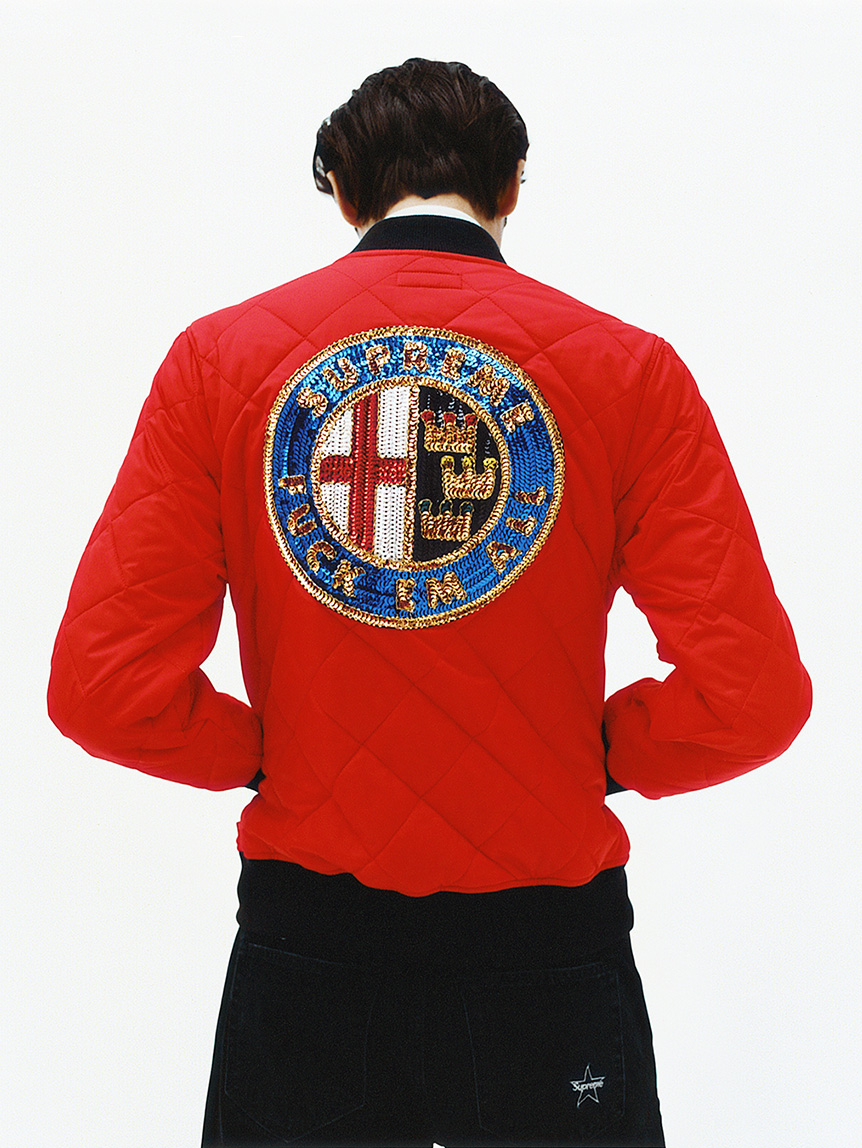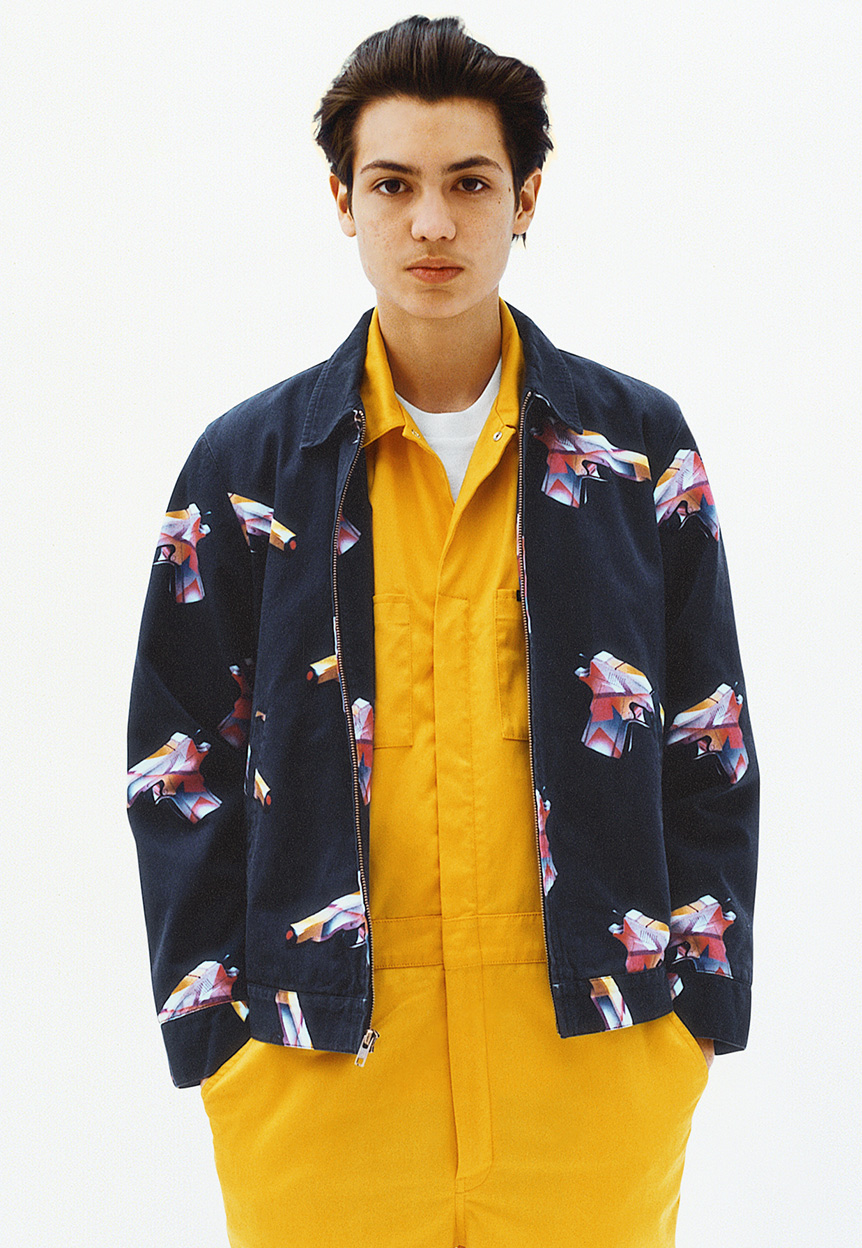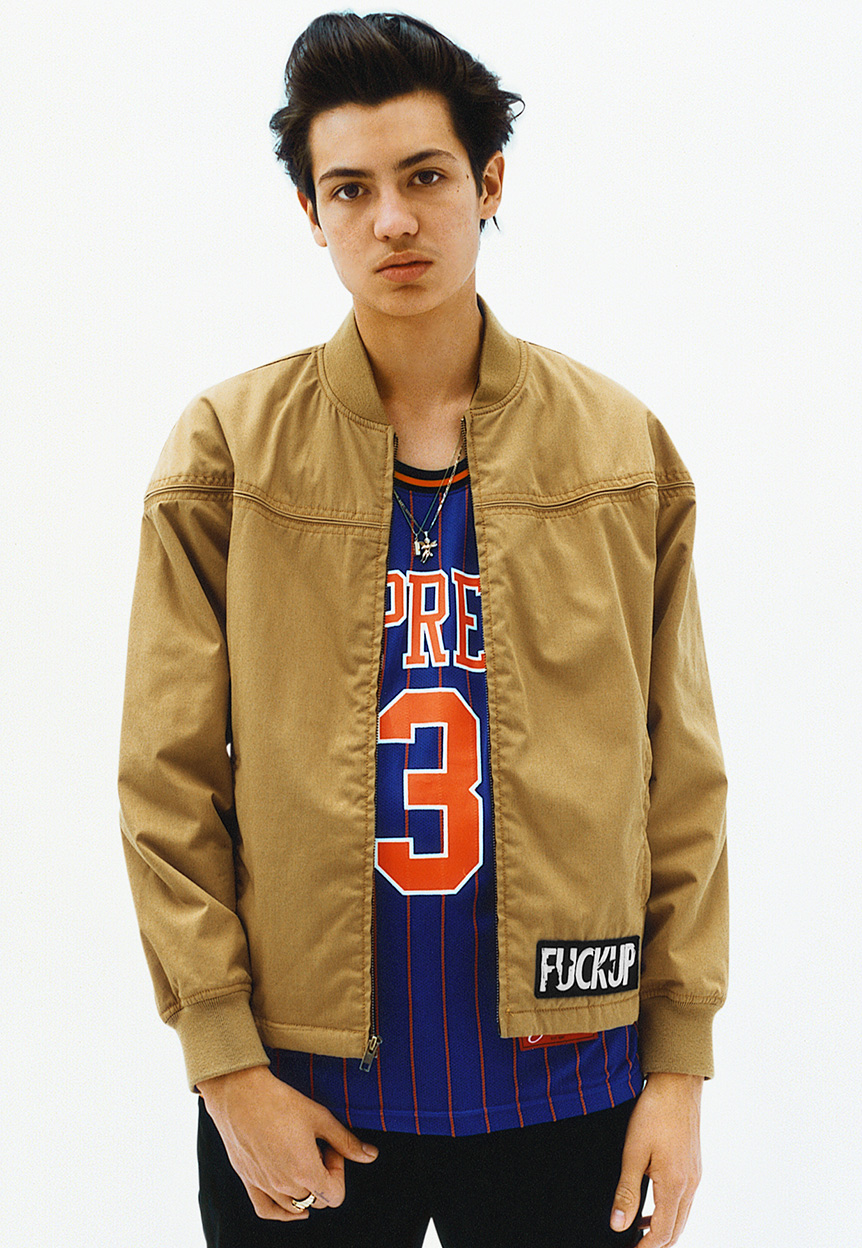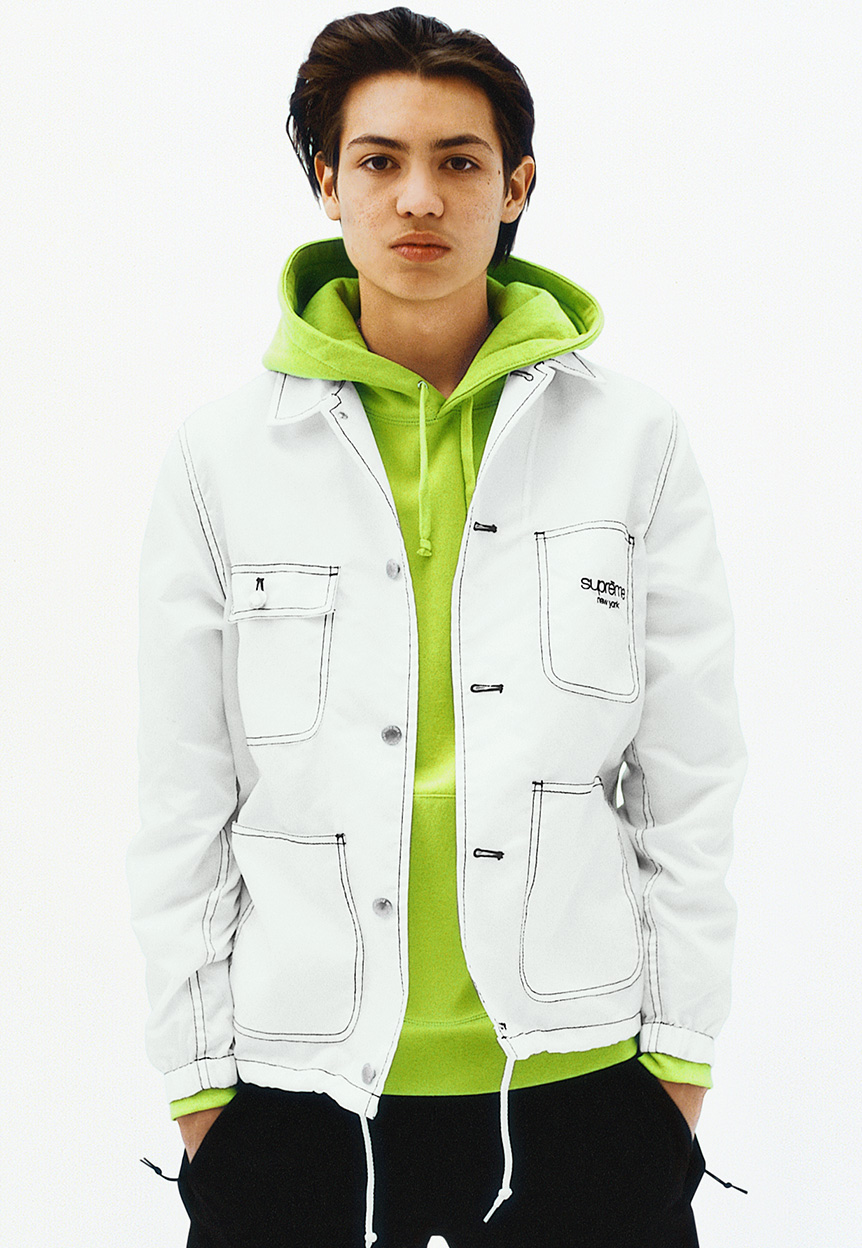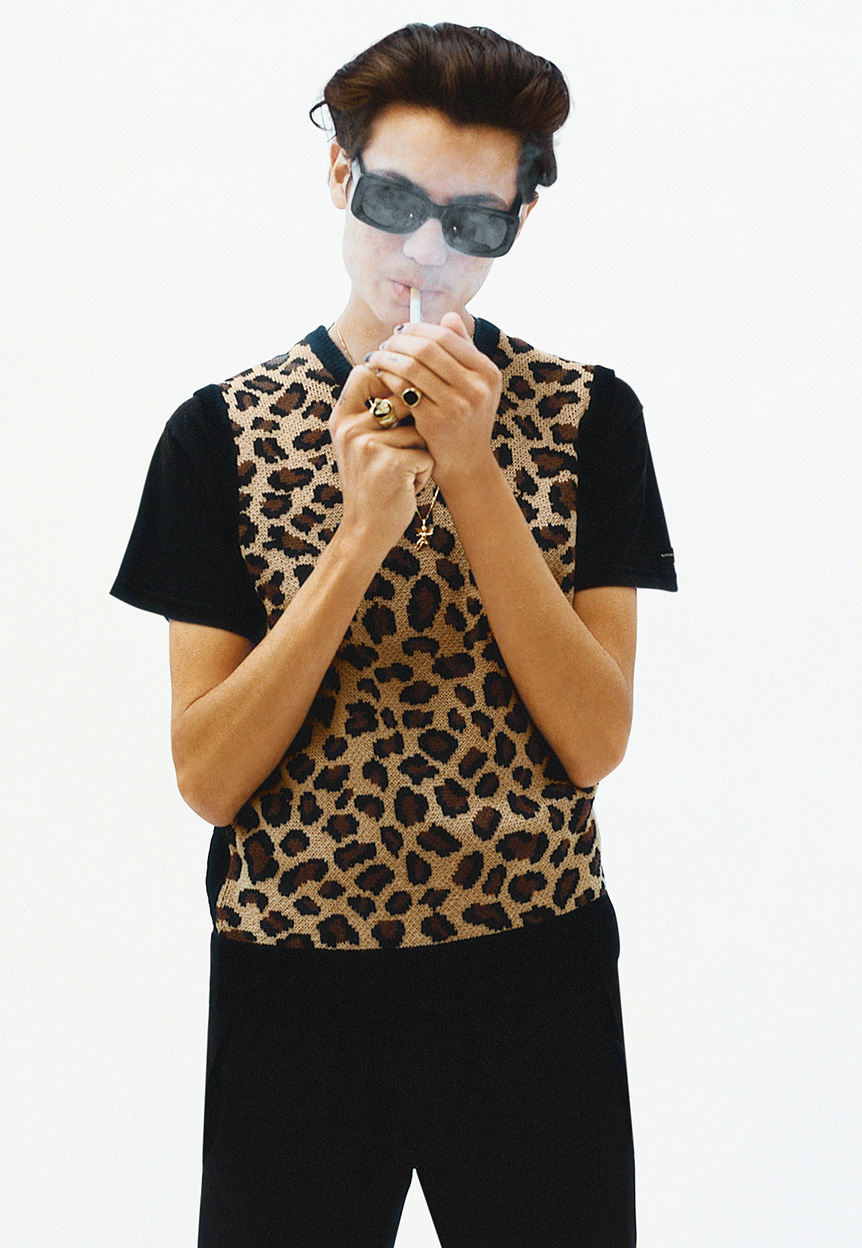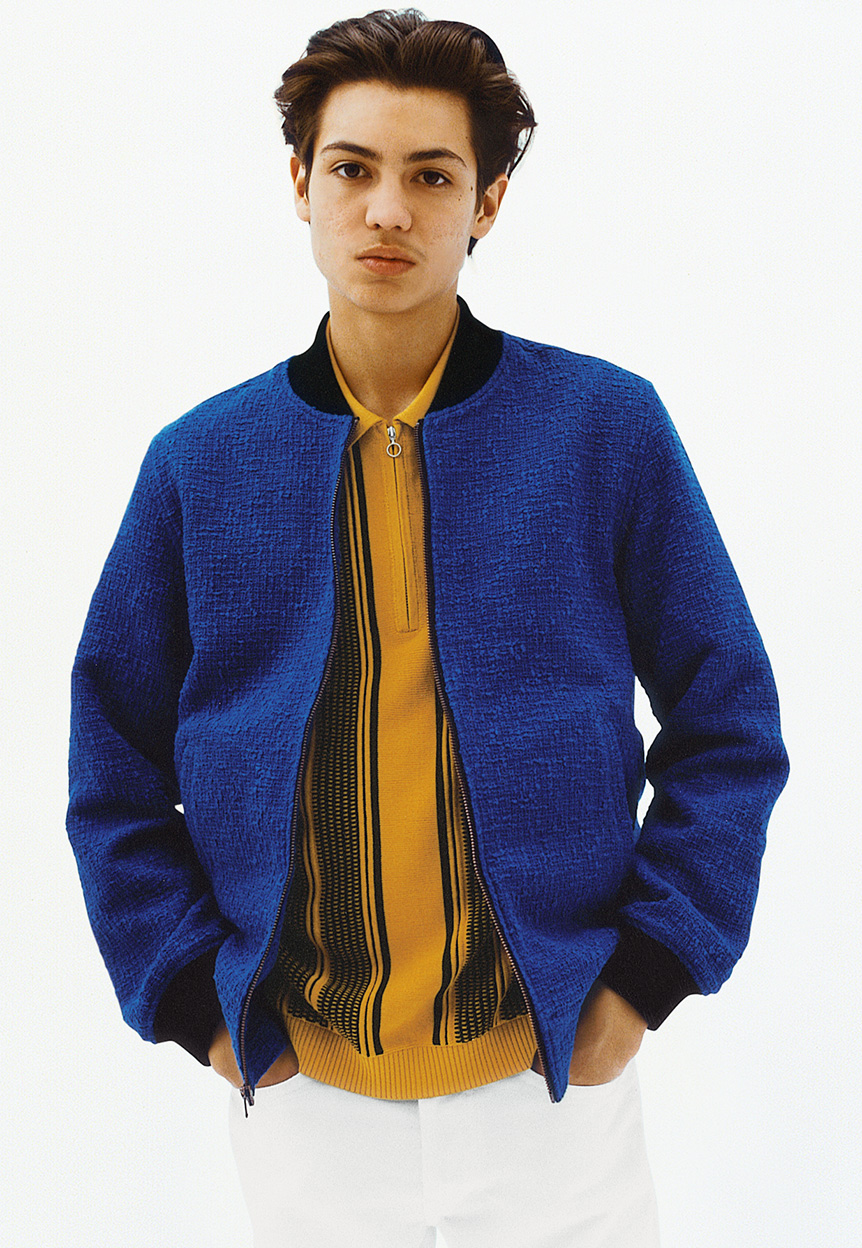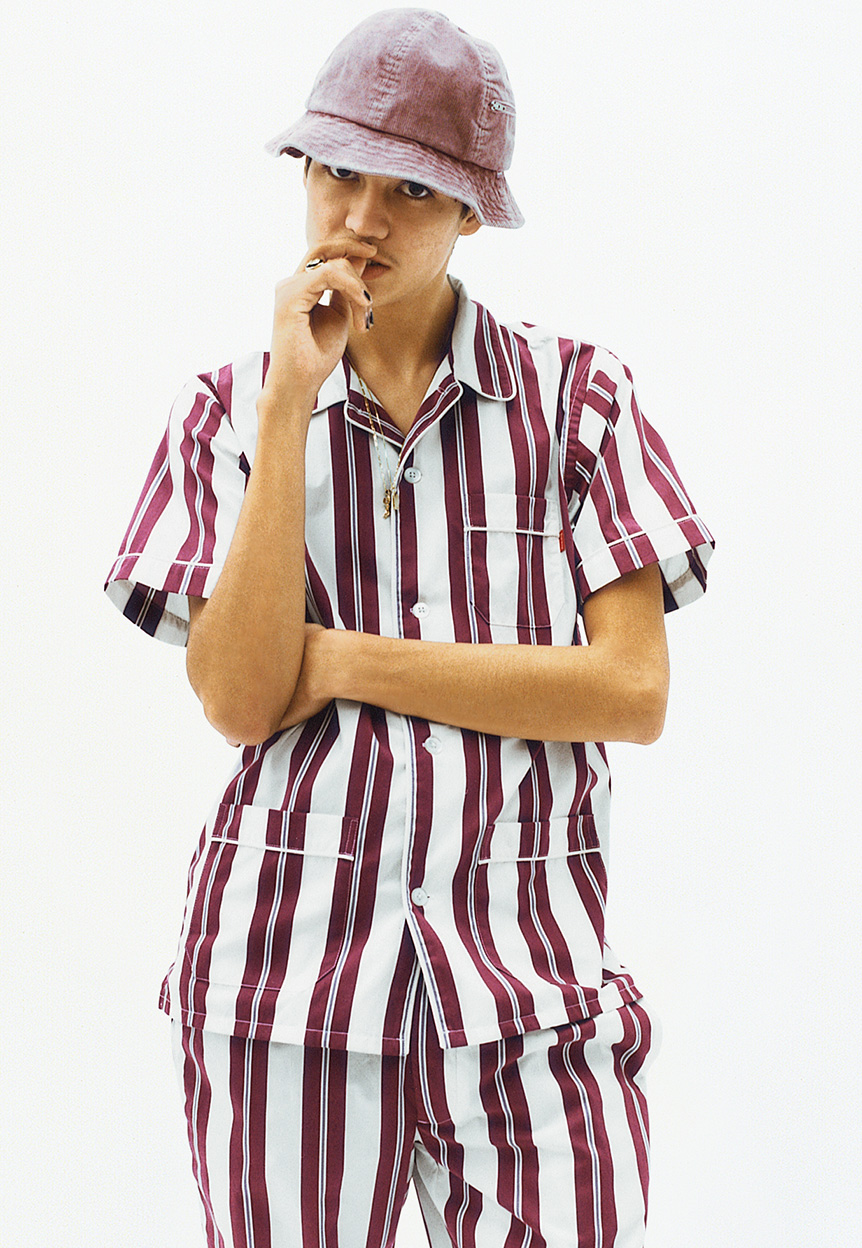Another year. Another tournament. More Madness.
This year's 68-team NCAA Men's Basketball tournament is no more predictable than any of the previous tournaments. In fact, the 2015-16 college basketball season has been on of upsets and unpredictability from Day 1. Since the Associated Press launched its first Top 25 poll in 1948, no grouping of top-10 teams suffered more losses than this season with 74. Moreover, top-5 teams were upset 21 times by unranked opponents, tying for the most ever.
So, how do you predict a tournament where a 3 v. 14 upset, like Stephen F. Austin over West Virginia, has the potential of wrecking your entire bracket? Thanks to data acquired from the Department of Education, Business Insider filled out this year's tournament bracket based on the total revenues generated by each of the 68 basketball programs. The average Division-1 men's basketball program brings in an average of $8 million per year, which makes teams like Oregon ($8.3M), Texas A&M ($8.1M), and Utah ($8.3M), who are highly ranked in the tournament, susceptible to upsets by programs generating more revenue. All three of these teams according to the BI bracket, are ousted before the Elite Eight by basketball heavyweights Duke ($33.8M), Texas ($16.7M), and Gonzaga ($12.2M). As you can see, the money in college basketball follows the blue blood programs who have histories of winning national titles, recruiting the best players, and having the best coaches, as Duke, Arizona, Syracuse, and Kentucky--the Final Four participants--combine to bring in $107 million annually.
Source: Business Insider
With all of this money being thrown around in collegiate sports and collegiate athletes being viewed as amateurs, is it time to institute a pay-for-play compensation scale? Well, to stratify the data provided by the Department of Education, BI was also able to calculate the value of an individual player on these 13-man rosters of D-1 programs using the NBA's recent collective bargaining agreement, giving players a minimum of 49% of all revenue. Based on the average revenue of a basketball program ($8M), the average D-1 basketball player is worth a whopping $296,723 per year. This value becomes markedly higher when players attend the likes of Louisville, a team that has the highest annual revenue of $45.8M yielding a $1.7M per year value for each of their individual players. Other notable programs with high individual player value include Indiana ($905,185), UNC ($782,927), Northwestern ($567,399) and Pitt ($562,623).
Source: Business Insider
Objectors to the pay-for-performance concept in collegiate athletics often bring up the fact that athletes attend school for free and are provided the opportunity to play on the nation"s stage garnering media exposure and other perks of the trade. Some argue that this current agreement should suffice. When regular students are struggling to pay for a school's tuition expenses, the spoils of an athlete seem to be fair. In reality, the rewards of of collegiate sports have become so lucrative for coaches and institutions that the athletes are wondering where their share of the pie is.
In 2011, USA Today tabulated the scholarship values of that year's Final Four teams' players (Butler, UCONN, Kentucky, and VCU). The average among them was $38,119, which adjusted for inflation, is equal to approximately $40,182 in 2016. This means the players at mid-major schools and even in the Power 6 conferences generate roughly seven times the amount of their granted scholarships. Imagine playing for Louisville where a player's value of $1.7M could exceed an average scholarship by twenty-seven times and not reap any financial gain. If I'm spending anywhere from 30 to 45 hours per week on athletics, time that's taken away from valuable class sessions, extracurricular involvement and educational learning by the university that, by the way, is also responsible for hanging my jersey in its bookstore windows, I'm not all that agreeable to what's currently given to me. It sounds to me like I'd be an unpaid university employee. The marginal cost of not being given a fair and equal education no longer equals the marginal benefit of the multi-millions of dollars that are slipped into the pockets of everyone except the athlete.
All things being equal, there is still time to fill out your brackets in whatever manner you see fit. Join in on InTheRough's own craziness and play in our pool on ESPN. First round matches begin tomorrow at noon Eastern time. Who ya got?





